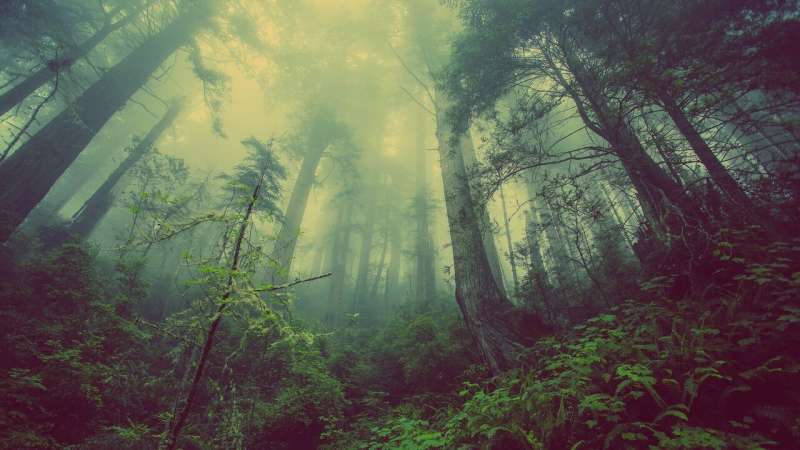July 17, 2020 report
Using neural-network soundscapes to protect natural environments

A team of researchers from Imperial College London, the University of Sydney and Cornel University has found that it is possible to create a soundscape from noises in the natural environment using machine-learning algorithms. In their paper published in Proceedings of the National Academy of Sciences, the group describes how such soundscapes can be used by land managers to protect natural environments.
In many parts of the world, natural environment areas have been set aside by governments as a way of protecting certain ecosystems—national forests and parks are prime examples. But such areas typically cover large swaths of land, which makes managing them difficult. Of prime concern are entities that choose to ignore protection laws, such as poachers and those engaging in illegal logging. In this new effort, the researchers sought to find a way to detect such activity in a much less labor-intensive way.
The researchers began their work by noting that most natural environments have a particular sound. There are certain birds that live in a given area, for example, or ground animals—each of which make distinctive sounds. And then there are the sounds that trees make when wind passes through or the sounds of insects or water babbling in a brook. They noted also that the sounds in a given area change depending on the time of day. They took all these factors and fed them into a computer running machine-learning algorithms allowing it to learn what a given area normally sounds like. The researchers describe it as teaching the machines to recognize the soundscape of a given area. They then set up microphones in the same area and fed the sounds it picked up to the same machine—if the machine detected sounds that did not fit with the normal soundscape for a region, such as a chainsaw or gunfire, it sent an alert.
The researchers found the system to be accurate in its alerts and notes that the system could be used in a wide variety of environments. They further suggest that such systems could be deployed around the globe as a means of assisting land managers with detecting illegal activities in real-time.
More information: Sarab S. Sethi et al. Characterizing soundscapes across diverse ecosystems using a universal acoustic feature set, Proceedings of the National Academy of Sciences (2020). DOI: 10.1073/pnas.2004702117
Journal information: Proceedings of the National Academy of Sciences
© 2020 Science X Network





















